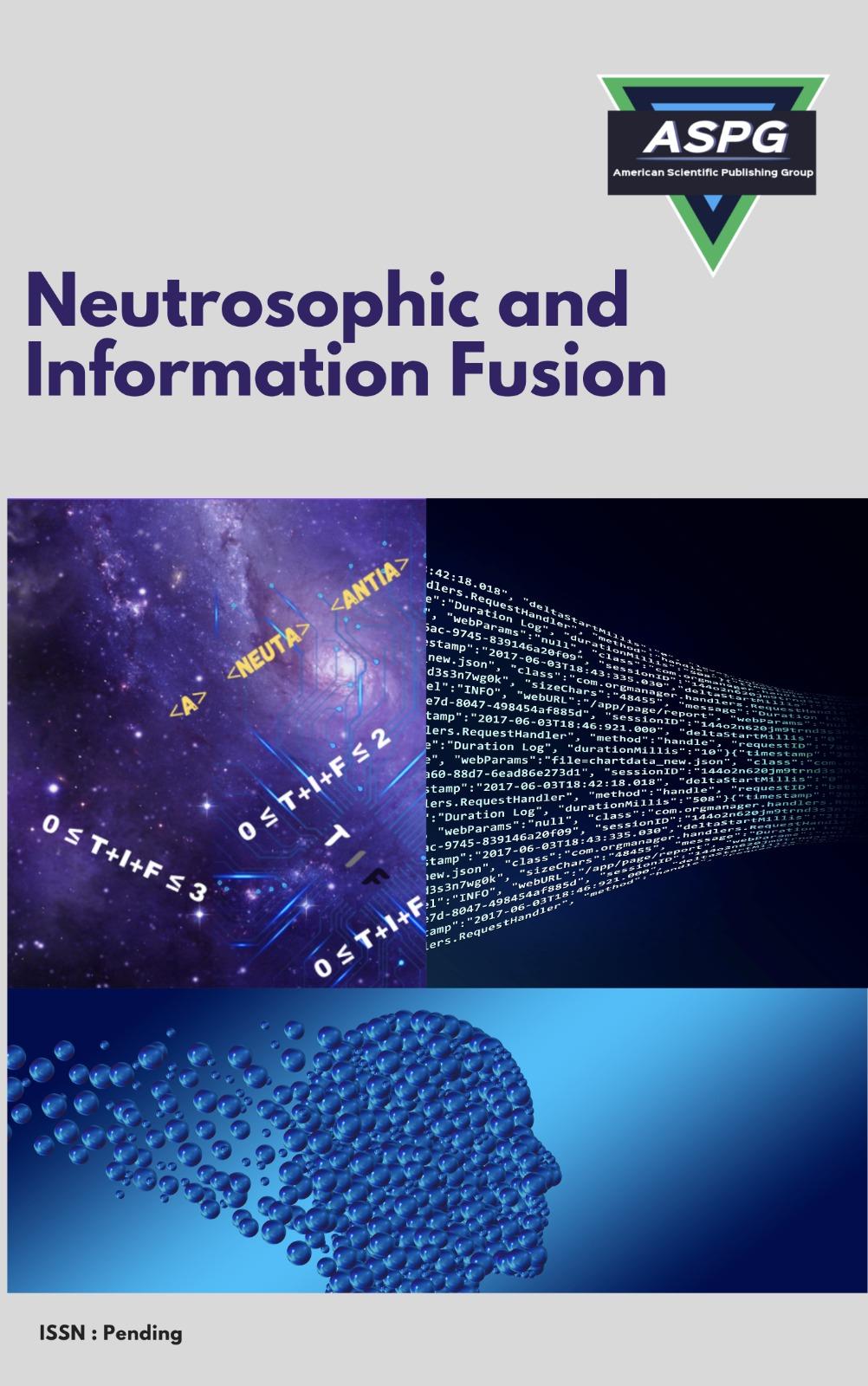

This research paper explores the world of nearly real time analytics by focusing on methods of combining information obtained from Environmental Sensor data. The study utilized a customized setup consisting of three arrays of sensors connected to Raspberry Pi devices. It. Analyzed a dataset that encompassed various environmental conditions. By utilizing the Random Forest algorithm this research investigated how sensor readings, including temperature, humidity, LPG concentrations, smoke, light intensity and motion detection can be fused together. The methodology used cross-validation to ensure model training while visually presenting the intricate relationships, between environmental parameters. The results demonstrated the performance of the Random Forest model through visualizations showing Out of Bag (OOB) error rates and a comparative analysis of machine learning classifiers. The findings shed light on the potential of combining information from sensors to enable reliable predictions using Environmental Sensor data. This provides a foundation for advancements in analytics and applications related to environmental monitoring.
Read MoreDoi: https://doi.org/10.54216/NIF.020201
Vol. 2 Issue. 2 PP. 08-14, (2023)
This study focuses on the task of maintenance, in pump systems by utilizing a combination of multi dimensional sensor fusion and advanced machine learning techniques. Pump systems play a role in settings but unexpected failures can lead to significant disruptions and operational inefficiencies. The goal of this research is to predict and prevent these failures effectively. To achieve this we analyzed a dataset consisting of 52 sensor units and over 220,000 readings. By applying Principal Component Analysis (PCA) we were able to extract information and reduce complexity gaining an understanding of how the pump system behaves. We then utilized Long Short Term Memory (LSTM) networks to learn from the combined sensor data enabling predictions and early detection of faults that're vital for proactive maintenance strategies. Our findings demonstrate the potential of these methodologies. The integration of sensor data sources and the use of PCA for dimensionality reduction allowed us to obtain a view while LSTM networks effectively captured the temporal dynamics present, in the sensor data leading to precise predictions regarding system behavior.
Read MoreDoi: https://doi.org/10.54216/NIF.020202
Vol. 2 Issue. 2 PP. 15-23, (2023)
Monitoring air pressure systems in heavy-duty vehicles such as Scania trucks is a key driver for operational safety and efficiency in the automotive industry. However, the complex interaction of sensors and data sources makes it difficult to quickly detect potential system failures. This problem is solved in our paper where we present a special-purpose data fusion framework for real-time monitoring of Scania trucks’ air pressure systems. To achieve this, PCA is used to reduce the size of the dataset followed by a voting classifier which combines diverse models such as Decision Trees, Random Forests, Naive Bayes, and Linear Regression using ensemble learning. In particular, our comparative analysis shows that the Voting Classifier outperforms other ML methods in terms of prediction accuracy. These findings suggest that our fusion framework can be utilized for the early detection of air pressure anomalies in heavy-duty vehicles enhancing their safety record.
Read MoreDoi: https://doi.org/10.54216/NIF.020203
Vol. 2 Issue. 2 PP. 24-31, (2023)
For effective management of assets, accurate forecasting for system failures is necessary. Sensory data fusion is a viable option to predict Remaining Useful Life (RUL) in assets by combining multiple data sources for improved prediction capabilities. This research paper aims at predicting RUL integrating various sensory data streams. Using Artificial Neural Networks (ANN), this research aims at synthesizing, learning from, and fusing information emanating from different sensors leading to accurate RUL estimations required for proactive maintenance strategies. The methodology in this study involves the use of ANN architectures for processing multivariate time-series data collected from sensors. By iterative training, the ANN captures complex relationships within the data allowing the integration of different information sources thus aiding in RUL predictions. Through the synthesis of sensory data by the ANN model, promising results have been achieved in predicting RUL. The model effectively learns from multiple sources demonstrating enhanced accuracy in estimating remaining operational cycles before asset failure.
Read MoreDoi: https://doi.org/10.54216/NIF.020204
Vol. 2 Issue. 2 PP. 32-41, (2023)
Advancing the capabilities of vehicle perception systems, through the fusion of sensor data is a pursuit in the field of vehicles and intelligent transportation systems. This study explores the complexities involved in enhancing vehicle perception with the goal of tackling the challenges associated with interpreting various sensor inputs to gain an understanding of the environment. By utilizing techniques that fuse information and clustering methodologies this research aims to identify driving scenarios based on patterns observed in sensor data allowing for a nuanced analysis of environmental variations. Additionally a classification framework using Convolutional Neural Networks (CNNs) is employed to accurately classify types of road surfaces demonstrating how deep learning models can effectively utilize sensor representations for environmental characterization. The methods employed encompass clustered data fusion, where K means clustering is utilized to segment sensor data into scenarios and CNN classification, for accurate identification of road surface types. The study achieved impressive findings using these methodologies, exhibiting unique clusters typical of various driving circumstances based on sensor aggregation and demonstrating the CNN's capacity for accurate road surface classification.
Read MoreDoi: https://doi.org/10.54216/NIF.020205
Vol. 2 Issue. 2 PP. 42-50, (2023)